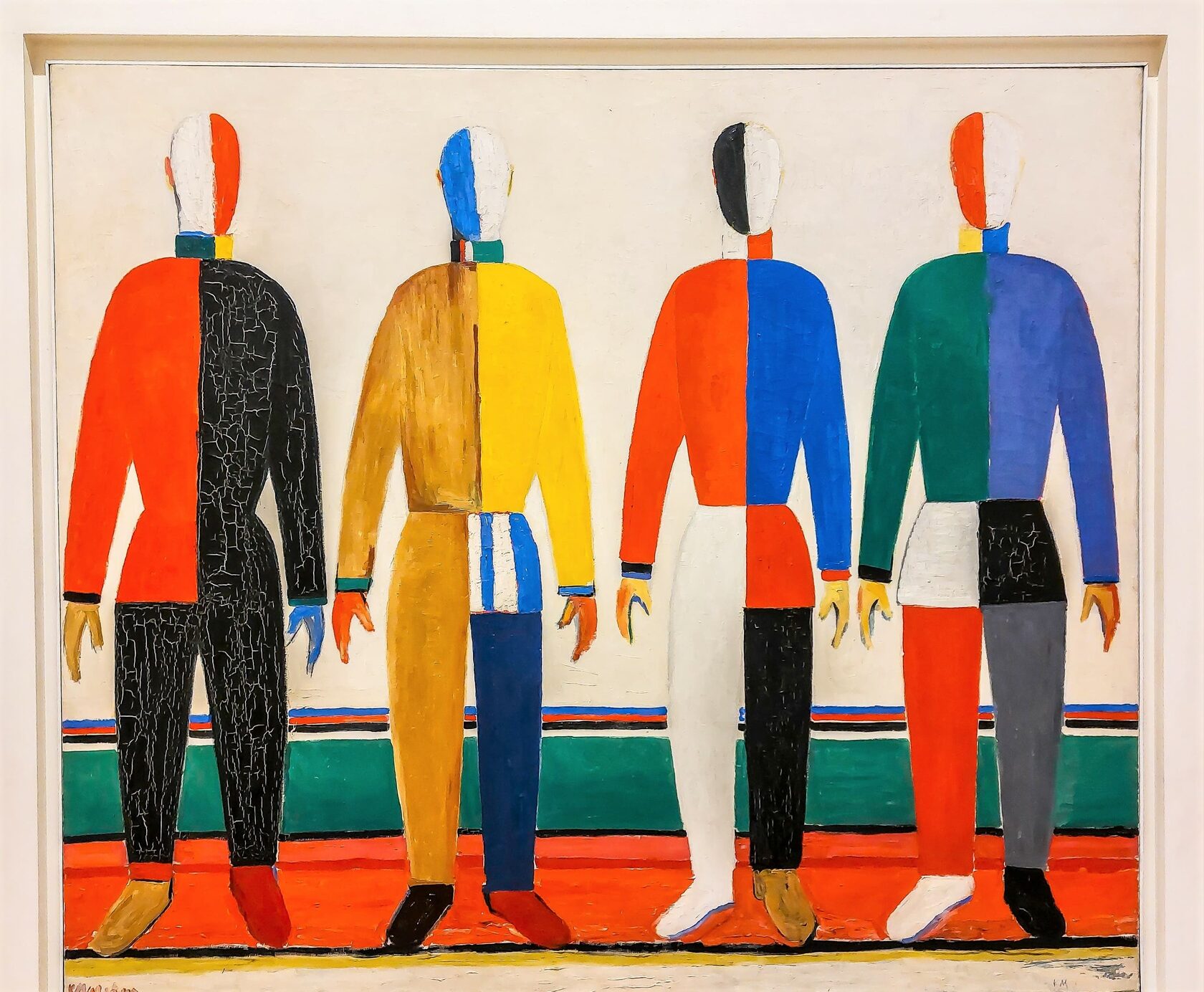Russian avant-garde is famous all over the world, the names of Russian avant-garde artists are known far beyond our homeland. In the early 20th century Russia became the locomotive of art and culture, which swept through Europe, shattering traditions and uprooting existing values. The avant-gardists changed the arts as well as the image of the artist himself.
During this tour you will experience the provocative and flamboyant world of the Russian Avant-garde, and learn what a tumultuous time Russia was experiencing at the turn of the century and the breakdown of systems. The iconic works of the Russian avant-garde are on display in the Benoit Corpus of the Russian Museum. To this day the art of the avant-gardists is causing a stir in the world art market, and there is a fierce competition for their works in the best auction houses.
Working Hours:
Wednesday - Monday
10.00 - 18.00
Thursday: 13.00 - 21.00
Tuesday - Closed
Average tour duration is about 3 hours.
*Pre-booked private tickets are non-refundable.
*On your tour you will be accompanied by an experienced and licensed (highest category) guide.
Interesting fact:
The famous impresario S. Dyagelev and the artist A. Benois founded the Mir Iskusstva (World of Art) association which aimed to bring the beauty that would save the world through art, architecture and sculpture.
The escape from reality and the disconnection from the traditions of realistic painting helped to develop this society and later to create a new association, The Jack of Diamonds (1910), from which the era of the Russian avant-garde would begin. Russian avant-garde artists were changing art and attitudes to art as well as the image of the artist himself. Not only the canvases became vivid, lush and brutal, but also the artist became outrageous and provocative. It is the artist who enters the avant-garde scene, whose role is sometimes more important than his work. Critics and the audience often argue not about the beauty of the object of art, but about whether the object is art at all.
